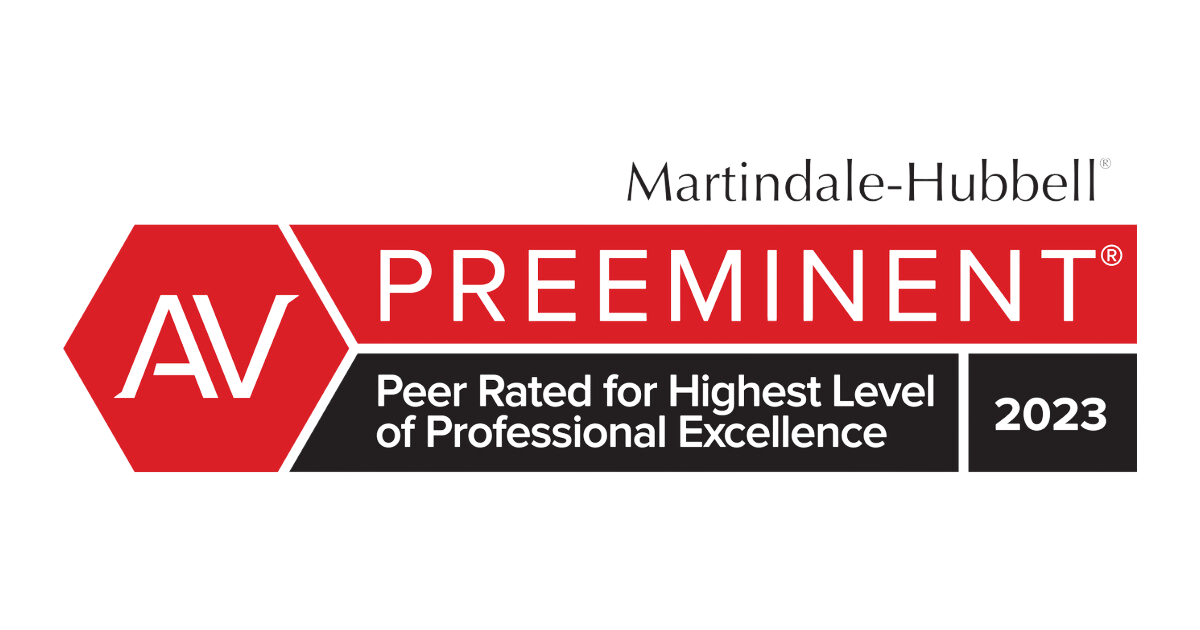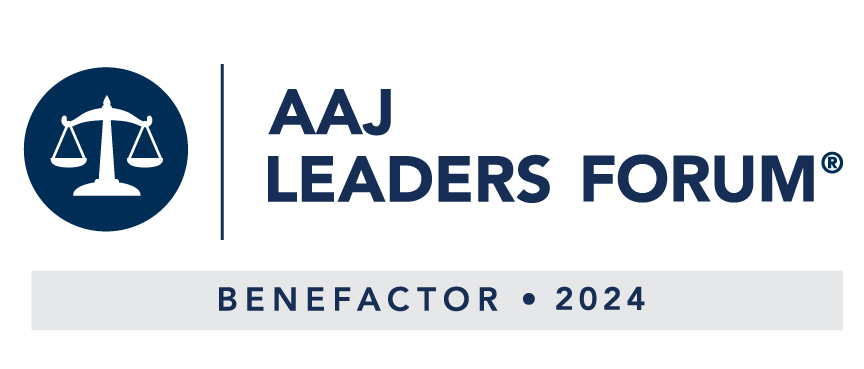
Mesothelioma Across Borders: How the U.S. and Australia Compare
August 20, 2025
Silicosis and the Quartz Industry: A New Chapter or a Temporary Fix?
September 23, 2025A New Tool in the Fight Against Mesothelioma: How AI Is Helping Detect a Silent Killer Sooner
Mesothelioma is a rare but aggressive cancer caused by exposure to asbestos. It can affect the lining of the lungs, abdomen, and heart. One of the biggest challenges is that it often doesn’t cause clear symptoms early on, meaning many people are diagnosed only after the disease has progressed.
Because mesothelioma typically develops decades after exposure, people working in high‑risk jobs—including construction, shipyards, insulation work—may not realize there’s a danger until symptoms are advanced. Earlier detection could make a difference in treatment outcomes. That’s where new research comes in.
What the Study Revealed
Researchers developed a hybrid diagnostic approach using advanced image processing and Artificial Intelligence (AI) to try to spot mesothelioma earlier, using CT scans (a type of medical imaging) as input.
Here are the key steps, simplified:
- Segmentation: CT images are processed using a tool called the “Segment Anything Model” (SAM) to isolate or highlight the areas likely to contain disease, while reducing background noise. This allows the model to focus on regions of interest rather than the entire image.
- Feature Extraction with Transformers: After segmentation, they use “transformer‑based” models—these are types of AI that can break down the images into many small patches and analyze relationships between them (think: small pieces of a puzzle and how they fit together). Two kinds of transformer models used are CaiT and PVT‑v2. These extract features or “clues” about what parts of the image look like mesothelioma versus those that don’t.
- Generative Image Techniques: They then convert these extracted features into simplified images using methods like GANs (generative adversarial networks), Decoder‑MLP, and NeRV techniques. The idea is to take complex data and represent it in ways that help the AI detect patterns more clearly.
- Selection of Best Representations: Because there can be multiple ways to represent the data, the researchers used a “discriminative score” method to pick the most informative image type for each case. Then these chosen images feed into a classification AI tool (a kind of support vector machine, or SVM) which decides: likely mesothelioma? Or not?
In testing, this “hybrid” model was extremely accurate—about 99.80% accuracy using cross‑validation, meaning it correctly classified nearly all test cases. Sensitivity (correctly identifying disease) and specificity (correctly identifying non‑disease) were similarly high.
Why This Matters for People Exposed to Dangerous Substances
For lawyers, workers, families, and medical professionals, the implications are significant:
- Earlier detection = better chances: If mesothelioma can be caught earlier, treatments may be more effective, less invasive, and have better outcomes. That’s a big deal for anyone exposed to asbestos who might be at risk but hasn’t shown obvious symptoms yet.
- Strengthened medical evidence for legal cases: In occupational exposure cases, medical proof is crucial. More precise, reliable diagnostic tools can strengthen medical evidence in compensation claims or in litigation against manufacturers and distributors who failed to protect workers.
- Potential to reduce misdiagnosis: Mesothelioma can be mistaken for other, less serious lung or chest conditions because its symptoms are vague: shortness of breath, chest pain, weight loss. An improved diagnostic method might cut down on delays and mistakes.
- Hope for policy change: If such AI tools become validated and used widely, they could push for better screening standards in high‑risk industries, more routine medical monitoring of exposed workers, and earlier intervention.
Limitations & What Still Needs to Happen
While promising, the study has limitations:
- The dataset used came from one medical center in Turkey; it’s relatively small and not publicly available. That means we don’t yet know how well the method works in other settings, other populations, or with different imaging equipment.
- The model is complex. It relies on many AI components. That can make it harder to implement broadly, requiring high computational resources (advanced computers, software expertise) and possibly limiting use in locations with less infrastructure.
- Real‑world medical environments are messier. The scan quality, timing of scans, patient variability and co‑existing lung disease can all make diagnosis harder than controlled research settings.
- There is a cost and training component—not just for the AI, but for medical teams to use, understand, and trust such tools.
Mesothelioma & AI Detection: Fact Box
Accuracy
• AI hybrid model reached 99.8% accuracy in identifying mesothelioma cases.
Benefits
• Earlier diagnosis improves treatment options.
• Stronger medical evidence supports legal claims.
• Reduced risk of misdiagnosis.
• Potential to set new occupational health standards.
Limitations
• Small dataset from a single medical center.
• Complex system requiring advanced resources.
• Real-world challenges like variable scan quality and other lung diseases.
Key Takeaway
AI won’t prevent mesothelioma, but it could help detect the disease sooner, improve survival, and strengthen evidence in legal cases.
What It Means for You & Steps Forward
If you or someone you know has had prolonged exposure to asbestos or works in high‑risk industries, here are some takeaways:
- Monitor symptoms: chest discomfort, persistent cough, unplanned weight loss, breathlessness. Don’t dismiss symptoms just because they seem vague.
- Advocate for better access to diagnostics: whether via employer‑provided health services or healthcare providers. Ask if newer imaging or AI‑assisted interpretation is available or being explored.
- Keep good records: exposure history, medical visits, scans. These can matter greatly in legal claims if mesothelioma is later diagnosed.
- Talk to medical specialists familiar with mesothelioma. Early referrals to pulmonologists, oncologists, or medical centers with experience can help.
- From a legal standpoint: Brayton Purcell LLP will always stay informed about emerging diagnostics—these diagnostics may become part of expert testimony or standards in exposure litigation.
Conclusion
Mesothelioma is a serious threat. This new research shows promise: combining image segmentation, transformer‑based models, generative image techniques, and smart selection methods yields very high accuracy in diagnosing mesothelioma from CT scans. While it certainly won’t fix the cause of mesothelioma, it could help move us toward earlier detection, better treatment and stronger legal evidence.
Contact Brayton Purcell LLP Today.
If you or someone you love has been diagnosed with mesothelioma, asbestosis, or another asbestos-related disease, let’s talk. Let our experienced team at Brayton Purcell LLP, one of the leading mesothelioma law firms in the nation, help you find your path forward.















